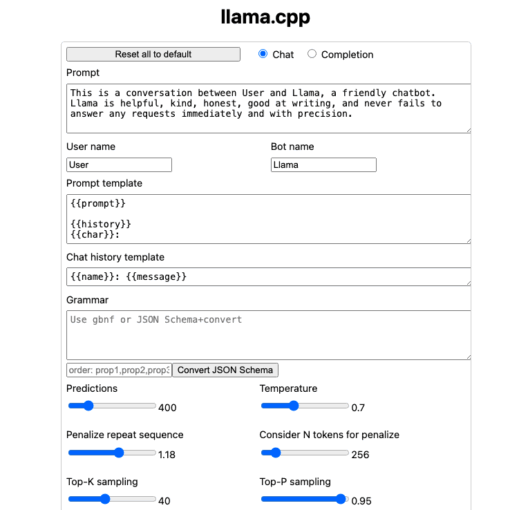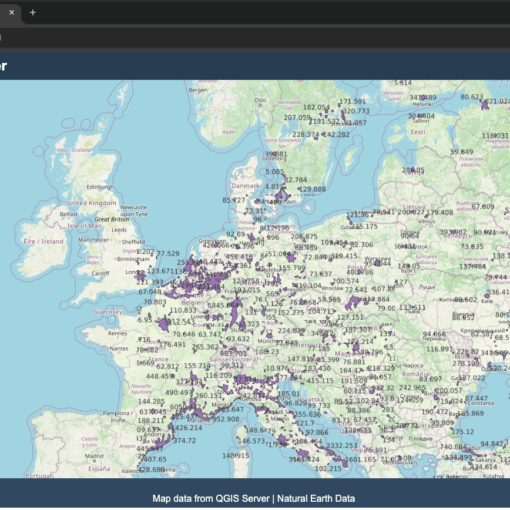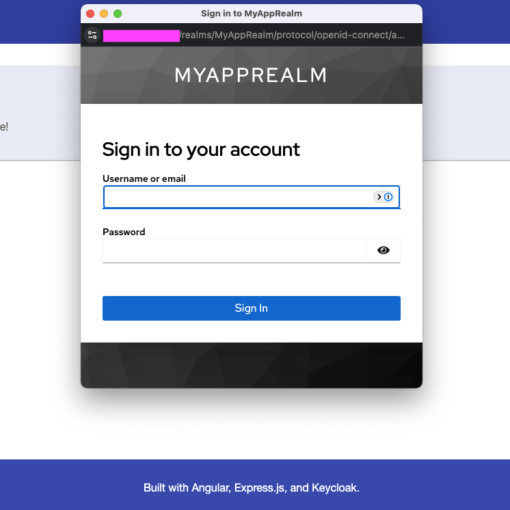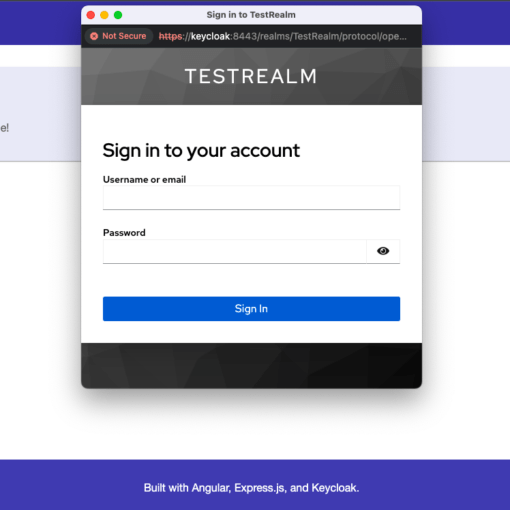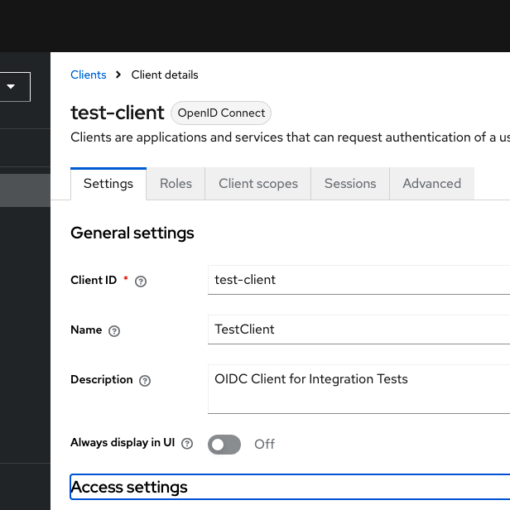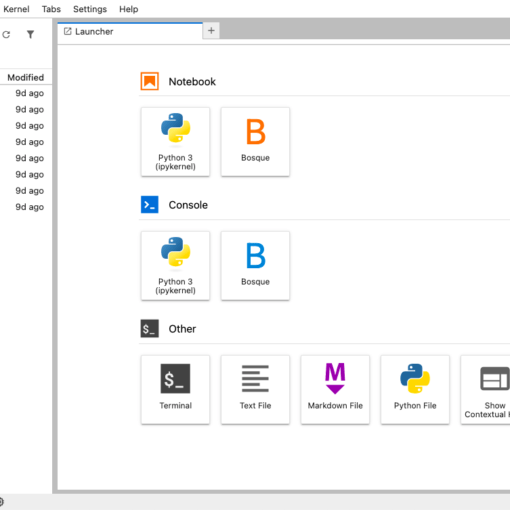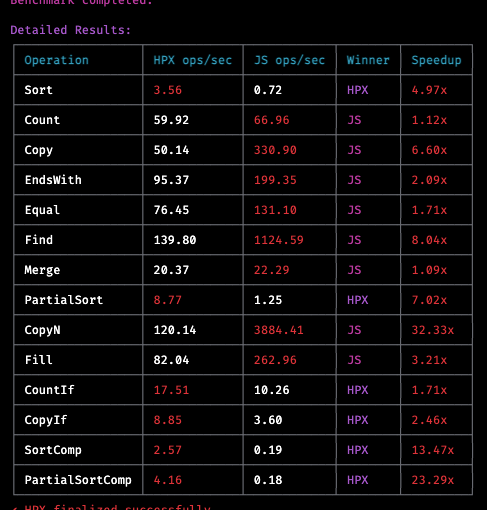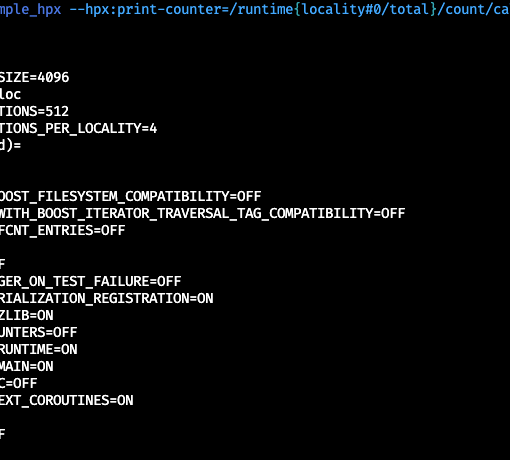Learn how to extend Llamafile with LangChain’s JsonParser to produce clean, structured JSON output
Coding
This article shows how to combine QGIS Desktop/Server with Docker Compose and Kubernetes to build scalable geospatial applications. It also covers creating a web client using Angular (or a minimal JavaScript approach), integrating OpenLayers for map rendering, and ensuring all components work seamlessly together.
This article offers a personal look at a C++ library implementing PKCE with Keycloak. It’s intended more as a learning exercise than a production-ready solution. You’ll find a C wrapper and additional Python and Lua wrappers, plus a quick rundown on PKCE fundamentals, library structure, and example demos.
This article details the deployment of an Angular application, a backend-for-frontend (BFF) built with Express.js, and a Keycloak server on a Windows Server using IIS. It explores the challenges encountered when moving from a local setup to a production environment, including session handling, secure communication, and configuring KeycloakStrategy.
This article explains implementing the BFF pattern with Angular, Express.js, and Keycloak to secure web applications. Learn how to handle authentication flows server-side, eliminate client-side token storage, and maintain separation between frontend and security operations. Includes practical configuration steps for Keycloak realms, Express.js sessions, and Angular’s authentication service.
Discover how passport-keycloak-oauth2-oidc-portable integrates Keycloak with OAuth2 and OpenID Connect (OIDC) using the secure Proof Key for Code Exchange (PKCE) protocol. This article explores implementing PKCE to protect public clients like desktop and single-page applications from common authentication vulnerabilities such as CSRF and authorization code interception. Learn about setting up a Keycloak test instance with Docker to facilitate seamless local development and testing. Through a practical example, see how PKCE aligns with modern security standards, providing a robust and efficient authentication mechanism for your applications. Whether you’re enhancing existing authentication flows or building new solutions, this guide offers valuable insights into leveraging PKCE, Keycloak, and Passport.js to create secure authentication frameworks.
Discover the innovative world of Bosque, a programming language developed by Microsoft Research that champions the regularized programming paradigm. In this post, I explore the key advantages of Bosque, such as immutable state and intent-focused coding, and share my journey integrating it into JupyterLab. Learn how I developed custom kernels in Python and crafted syntax highlighting extensions using TypeScript and Lezer parsers. Whether you’re intrigued by Bosque’s approach or looking to enhance your JupyterLab environment, this article provides valuable insights and practical guidance to help you get started. Dive in to see how Bosque can transform your programming experience and streamline your development workflow!
This article will be a practical one as I intend to showcase a fully automated setup of Keycloak for local testing. However, unlike so many examples out there, this article aims to deploy a production-level Keycloak deployment that uses a Certificate Manager, Sealed Secrets, and PostgreSQL HA (high-availability variant). The goal is to create a development and test environment that behaves as realistically as possible. To make redeployments as easy as possible, we will provide both a single bash script and Helm charts. It’s up to the user to decide which path is more useful. Helm charts are powerful, but […]
Explore building a Node.js addon with HPX, a C++ parallelization framework. This article covers the integration challenges, such as managing asynchronous operations and reducing performance overhead. Learn how batch predicate functions can enhance the performance of complex algorithms like countIf and sort, while simpler tasks see limited gains. Ideal for developers interested in combining JavaScript with parallel C++ capabilities, the guide includes practical examples and benchmark results.
This article explores the powerful parallelization and distributed computing capabilities of the HPX framework. Starting with installation on macOS, it walks through configuring, compiling, and testing HPX on a modest machine, highlighting key features like asynchronous programming, task-based parallelism, and HPX components. Whether new to HPX or looking for practical examples, this guide offers a hands-on approach to understanding and utilizing HPX in real-world scenarios.
